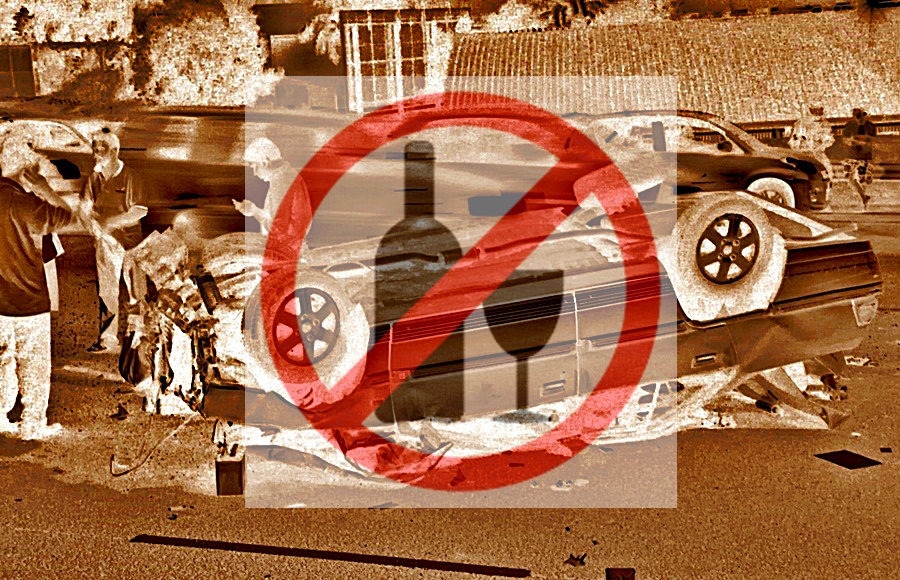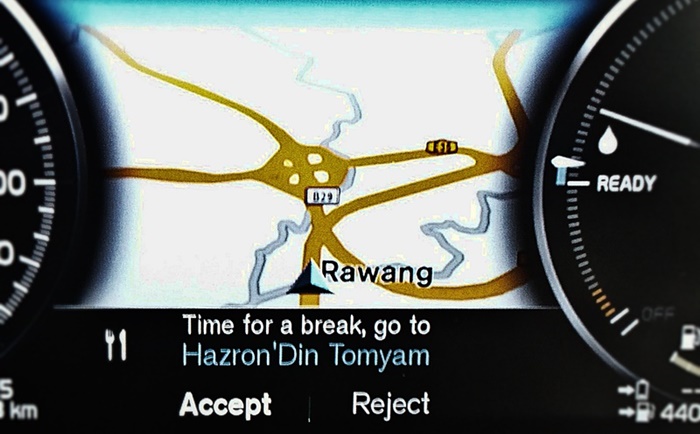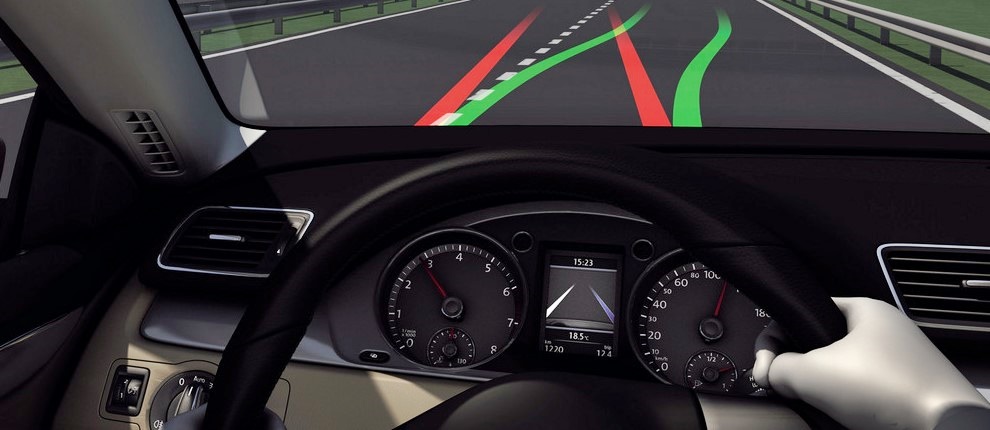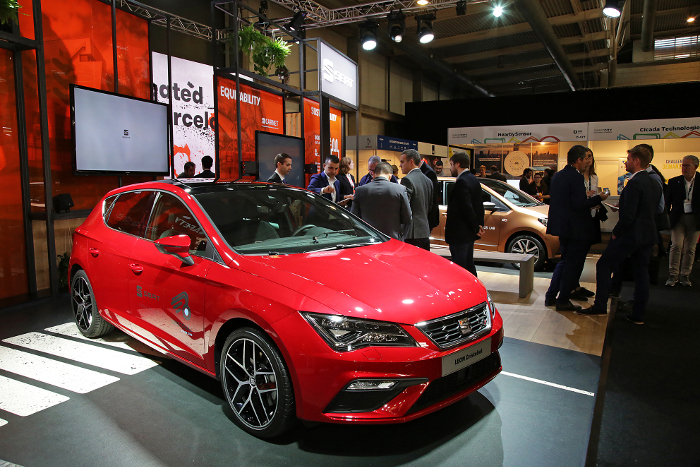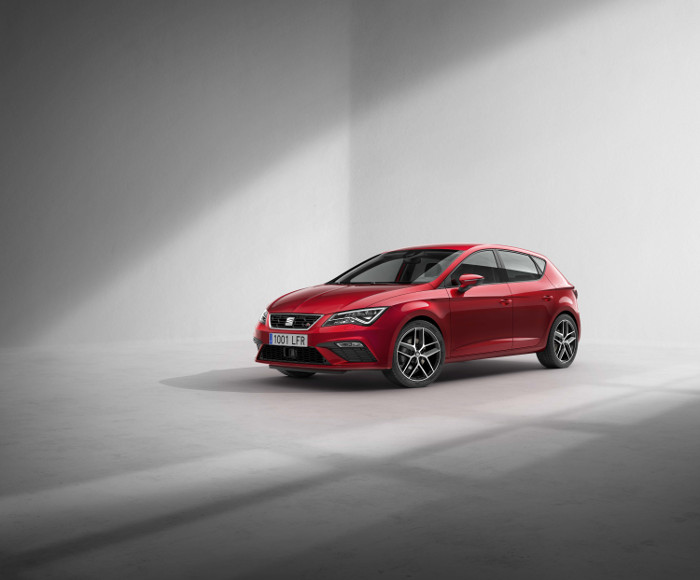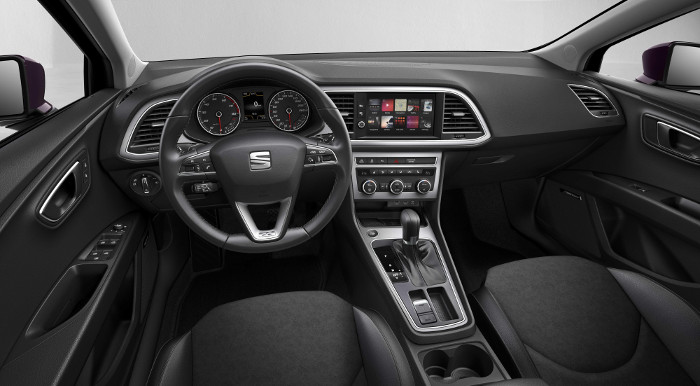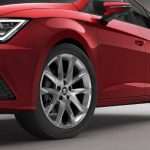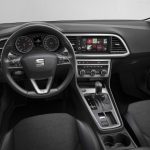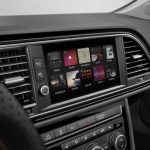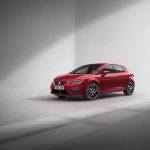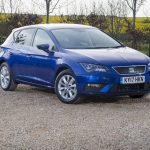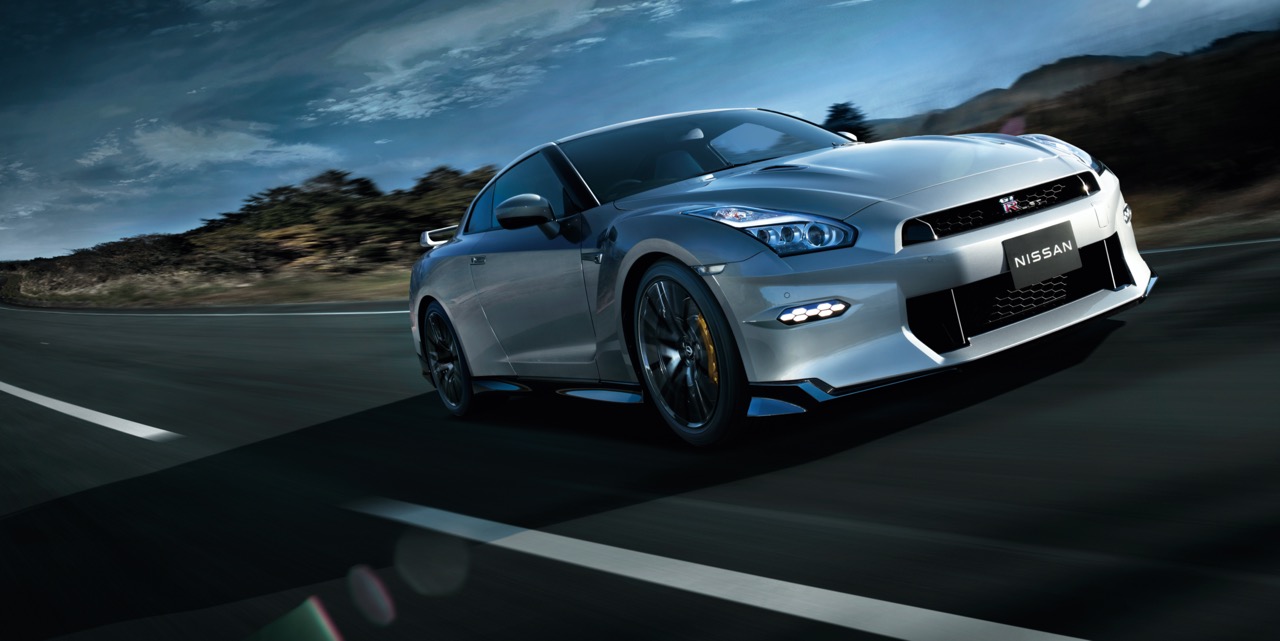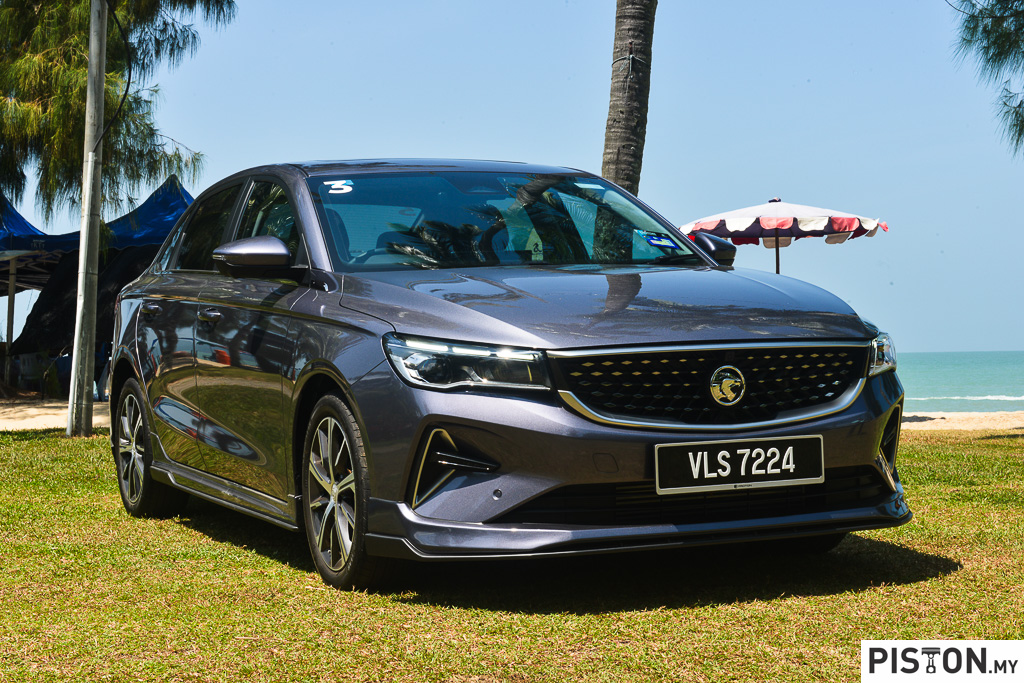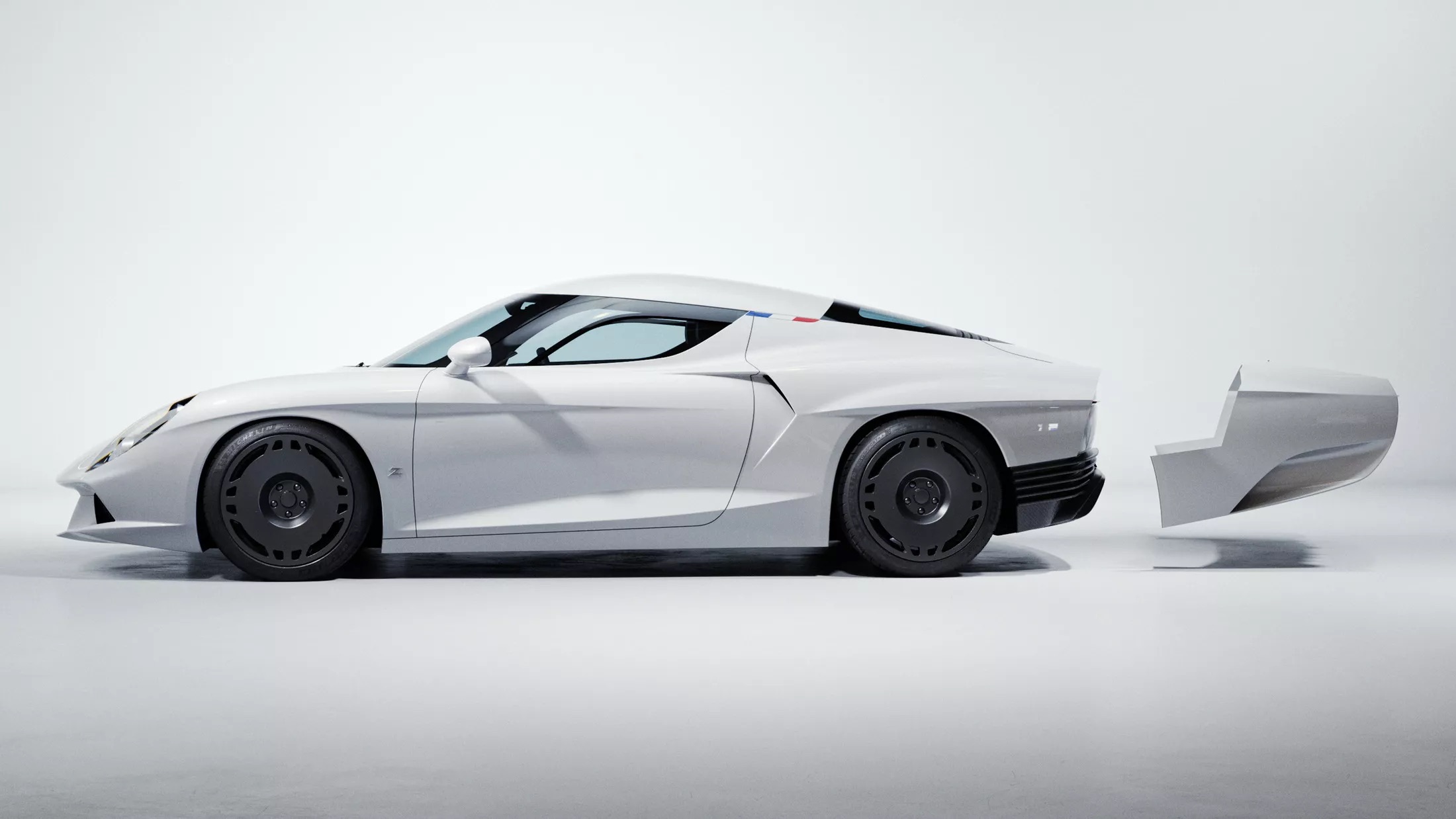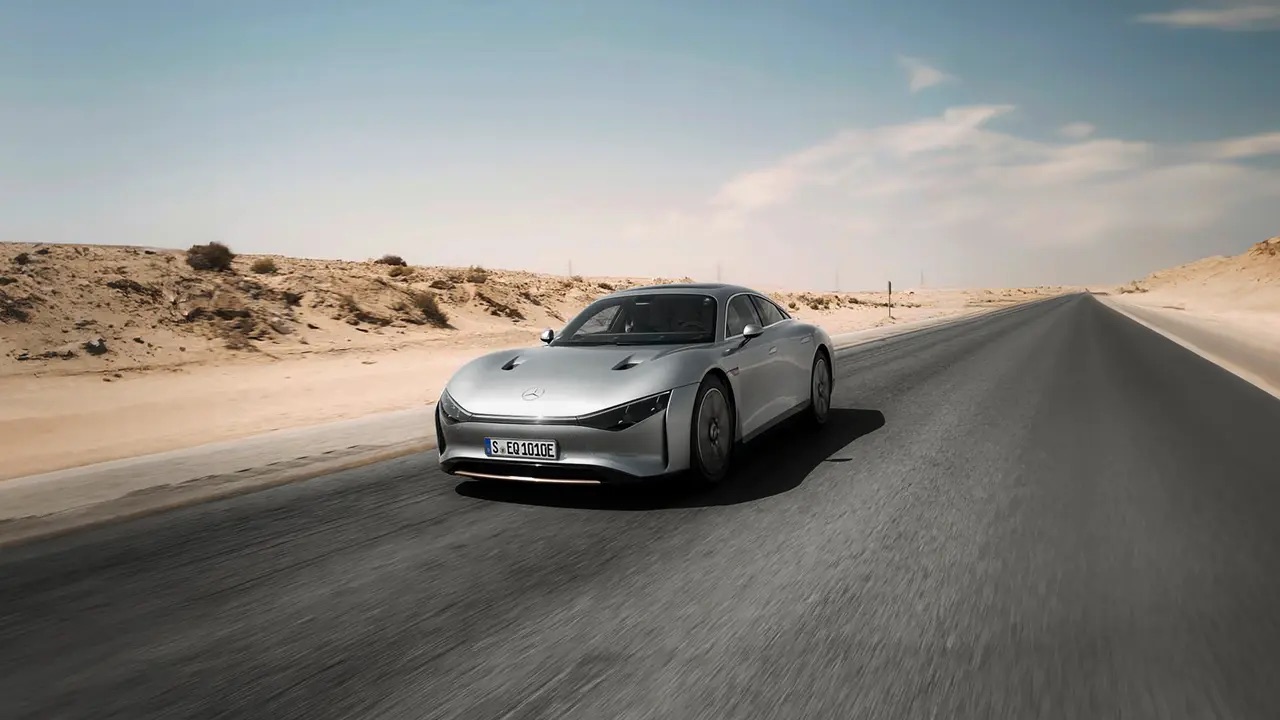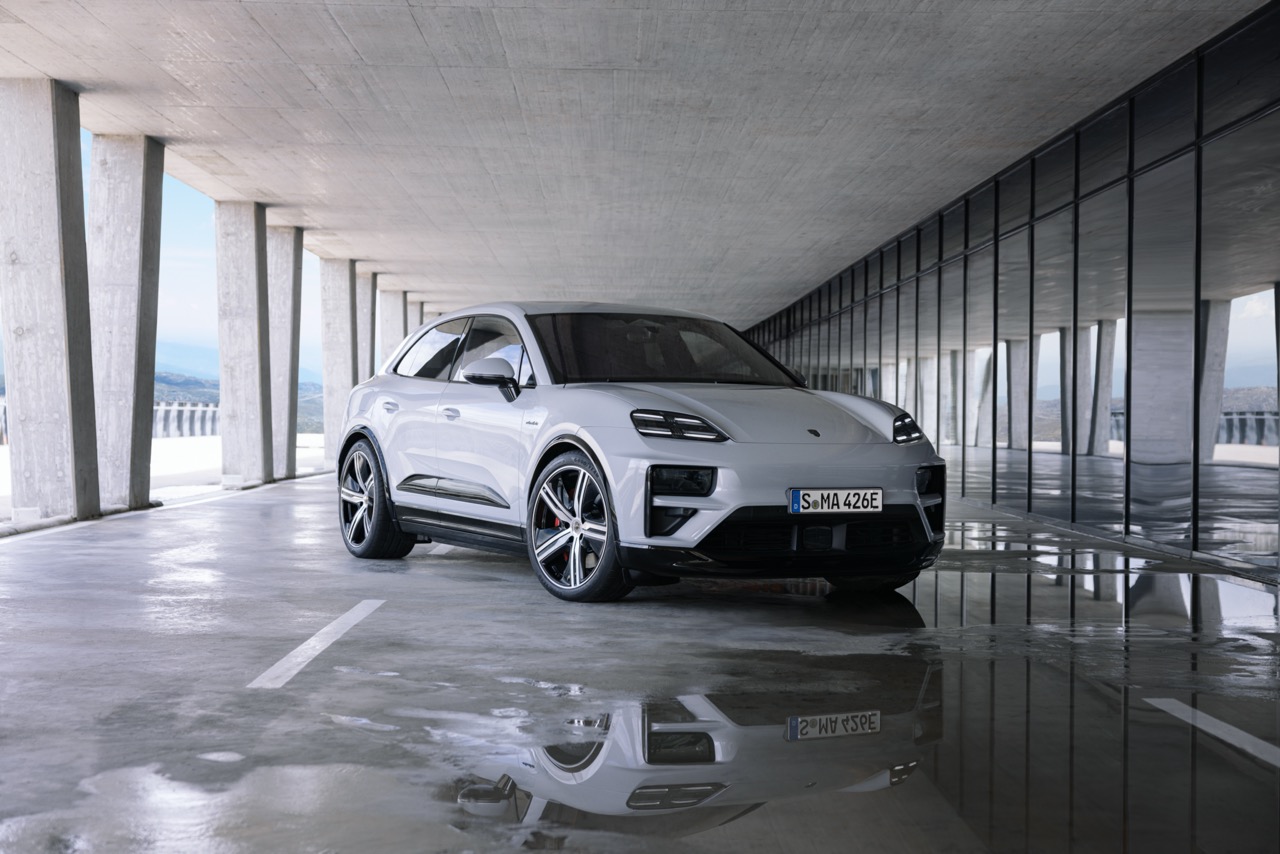The statistics show that that drunk driving is the cause in only a small percentage of the total accidents and deaths. However, in recent years, there seem to have been an increasing number of accidents caused by drunk drivers which have been very serious, causing deaths of other innocent people.
Perhaps there are more such incidents but it is only the ones that cause injuries and deaths that get publicised. In America, one study found that a driver could be drunk over 80 times before getting arrested for such an offence.
There are already laws in Malaysia – and more severe penalties have been proposed by the Transport Ministry – but enforcement is still necessary. Strict enforcement is obviously a way to reduce drunk driving but the police can’t be stopping people all the time to check. Motorists would usually be stopped only if they show signs of being drunk but sadly, it is often too late and they kill someone before they are stopped.
What the manufacturers are doing
The car manufacturers have, over the years, come up with various ideas to address drunk driving. Some have developed devices that can detect if a driver has a blood alcohol concentration (BAC) above permissible levels and prevent the car from being started. But legal issues have probably prevented such devices from being introduced, not to mention the possibility that people may just not want to buy the car.
So the best they can do is to install systems that can detect possible drunk driving by the way the car’s movements. Weaving or departing from the lane could indicate that the driver has lost concentration due to fatigue or due to being drunk and cannot maintain proper control of the steering.
The early systems, like the ATTENTION ASSIST introduced by Mercedes-Benz ten years ago, shows a coffee cup on the instrument panel when low attention is detected. The indicator is to suggest to the driver that a break is advisable, and some systems may also suggest nearby places to stop at if a route navigation system with Points of Interest is present.
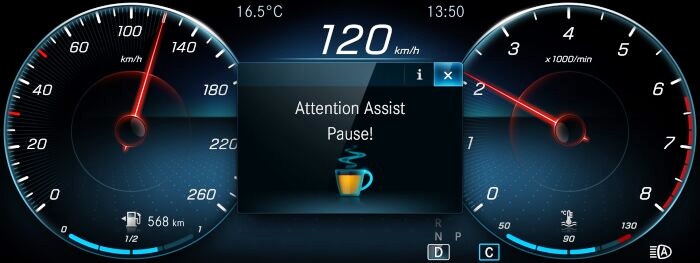
The system continuously monitors over 70 parameters – after first determining your unique driving style. It would work as advertised for most people but could be fooled by a driver who starts off weaving crazily and the system thinks that is the ‘normal’ driving style!
Besides passive systems, there are now active systems which use cameras monitor the vehicle’s position within a lane. In the Ford Ranger, example, there is a Lane Keeping Alert which warns the driver by vibration of the steering wheel when the vehicle appears to be moving out of the lane unintentionally. Some systems may also exert a slight force on the steering wheel to move the vehicle back into the lane properly.
Such intelligent systems can help to reduce the dangers of drunk driving but not all vehicles have them. Local car companies are adding more active safety systems (like Perodua’s A.S.A. system which has automatic emergency braking) as they become cheap enough not to impact the price.
So it is still up to the driver to be responsible enough not to drive if he or she is aware of being drunk. They should understand that an accident, especially one which causes a death has major consequences. Apart from the penalties (fine and possibly jail) and injuries, there can be a serious impact on the lives of those whose loved one was killed or seriously injured. If the court decides to take the driving licence away for a certain period – or forever – that can also affect the employment situation.
Signs of being drunk
The obvious signs would be the physical ones, of course, such as walking unsteadily or being unable to unlock the car door. But people who are drunk often do not realise it or if they do, they will argue that they are ‘okay’ and can drive home.
If they manage to start the car and drive, then there are many signs that will warn of their dangerous condition. Because their judgement is impaired, they might bump into kerbs – or even hit things. In many case, they may drive slowly but brake erratically and might turn suddenly.
The most dangerous conditions are when they don’t pay attention to traffic lights, weave into other lanes and even drive on the wrong side of the road. There have been reported cases where innocent motorists have died as a result of head-on collisions by drunk drivers on the wrong side of the road. Even worse are those who are drunk and speed or ever race with others and have a very high risk of crashing.
What you can do
As mentioned earlier, a drunk driver may not always be aware so it is hard to avoid in the first place. Avoiding alcohol when out at parties or socialising would be one way. But there are often times when others ‘pressure’ you into drinking ‘just one’ – which can lead to another… and another. And then there is that ‘one for the road’ which should be avoided.
The ’hardcore’ drinkers may have a high tolerance and also be more resistant to suggestions of being drunk. But for those who realise they have had too much to drink and are responsible enough not to drive, the thing to do would be to call a taxi or be sent home by someone else. If someone is available to drive your car, then that would be helpful. Ideally, one person in the group who is a non-drinking person can be a designated driver. It is important not to accompany someone driving the car who is obviously drunk as your life will be at risk.
Accidents due to drunk driving will continue even with stricter laws and more severe penalties. So motorists need to be more responsible and those who are with them also need to help prevent friends who are drunk from driving.
Top Honda Civic variant now has advanced Honda SENSING safety systems


